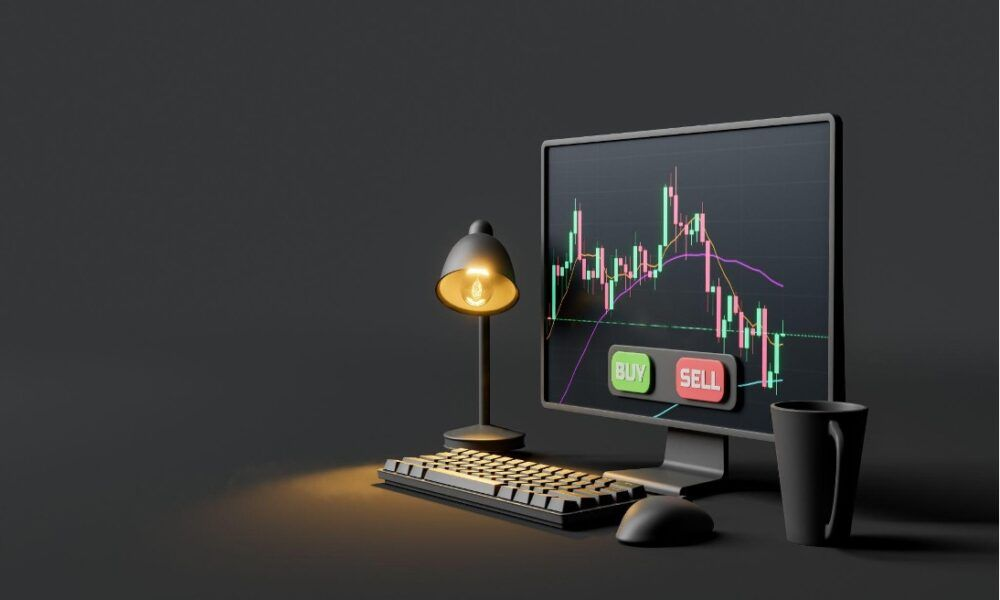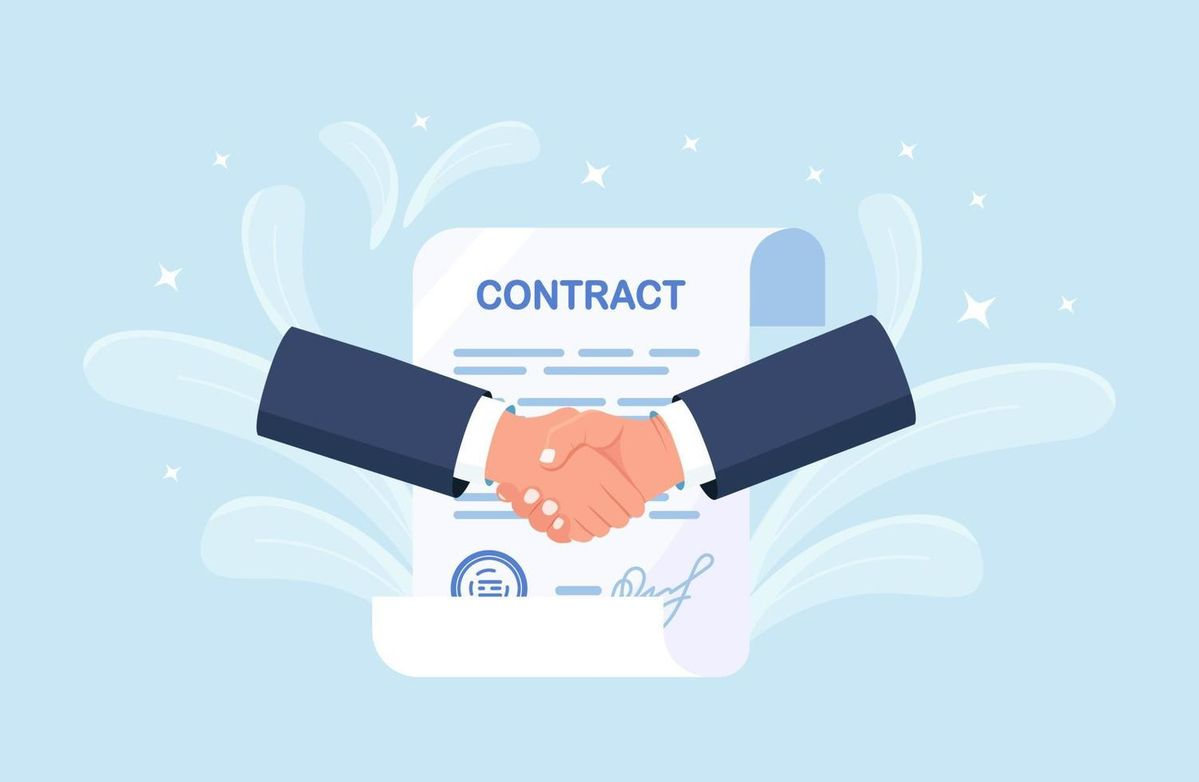Systemic Shock Survival Guide: Perpetual Trading Safety Philosophy and ADL Resilience
Perpetual contracts are a zero-sum system where the structural balance is mandatory, making ADL a non-negotiable component of financial integrity.

Key Takeaways:
- Individual survival relies on absolute discipline: setting unmoving stop-loss limits and only allocating "affordable to lose" capital.
- The Auto-Deleveraging (ADL) mechanism is a necessary structural feature that safeguards the exchange's solvency and guarantees profits for all remaining solvent users.
- Perpetual contracts are a zero-sum system where the structural balance is mandatory, making ADL a non-negotiable component of financial integrity.
The crypto market flash crash on October 11th, which saw billions in capital shift hands, served as a powerful test of structural resilience across the crypto industry. For many newer investors, the event caused confusion and panic, particularly regarding how certain positions were automatically closed, sometimes before reaching the anticipated liquidation price.
This mass forced liquidation exposed a fundamental, yet often misunderstood, technical reality of the market: the Auto-Deleveraging (ADL) mechanism. Rather than being a flaw, this mechanism is the final, non-negotiable rule of perpetual contracts that ensures system solvency.
This guide will provide the philosophical and technical framework to trade with confidence. The lesson of the crash is not that the market is unfair; it is that understanding the system's structural safeguards allows sophisticated traders to better measure personal risk and maintain discipline.
Understanding The Zero-Sum Rule of Perp Contracts and ADL Mechanism's Role
The foundation of perpetual trading relies on structural assurance built into the market. A perpetual contract is a sophisticated financial product designed for high-performance trading, operating as a self-regulating balance where every trade is fully collateralized: a zero-sum system.
This structure demands a powerful mechanism to manage stress. When extreme volatility (like the market crash on October 11th) depletes a position's margin, the system requires an immediate, flawless solution to prevent the loss from affecting other solvent users.

The Liquidation Waterfall: Layers of Protection
Before the system resorts to ADL, there are two primary lines of defense designed to protect market integrity:
- Forced Liquidation: The first line of defense involves automatically selling the failing collateral through the open order book to cover the debt.
- The Insurance Fund: If the liquidated collateral cannot cover the margin call entirely (a "bad debt"), the exchange's Insurance Fund (a large capital buffer) steps in to absorb the remaining loss. This fund is designed to ensure the system remains solvent during minor market shocks.
ADL is The Solvency Guarantee
Auto-Deleveraging (ADL) is the necessary structural safeguard that lies at the end of this chain. It is only triggered when the Insurance Fund runs low or is exhausted due to a massive, rapid market movement (like the flash crash).
- Final Recourse: ADL's purpose is not to punish the trader, but to force the system back into balance as a last resort. By automatically reducing the exposure of a few highly profitable positions, the system prevents itself from incurring bad debt that could lead to platform insolvency.
- The System's Promise: This mechanism is the exchange's explicit promise of stability and financial integrity. It guarantees that all solvent users can still collect their rightful profits, even when extreme volatility has fractured the market.
Personal Discipline: Setting the Unbreakable Bottom Line
While the ADL mechanism ensures the platform's stability, your survival in a zero-sum perpetual market is entirely determined by personal discipline. The ultimate lesson of any market shock is the necessity of reclaiming agency by setting and enforcing an unbreachable bottom line.
The Five-Minute Risk Test
Every trader must impose a simple, objective "five-minute test" before entering any highly leveraged position. This psychological pause is designed to eliminate the influence of market fear (FUD) or greed (FOMO) and ensure you are operating only with disposable capital.
- Define Your Exposure: You must rigorously define the capital that is strictly "disposable" or "affordable to lose." Never use funds allocated for long-term savings, rent, or basic living expenses for high-risk trading.
- Confirm the Consequence: Step away from the screen and ask: "If I lose 100% of this specific margin in the next five minutes, will it alter my life or my family's financial security?" If the answer is yes, the position is too large.
Discipline Over Automation
The final layer of personal defense is technical. By understanding that the platform has its own safety limits (ADL), you gain the clarity to set your own, more conservative limits.The final layer of personal defense is technical and psychological. By understanding that the platform has its own final safety net (ADL), you gain the clarity to set your own, more conservative limits, a strategy of self-sovereignty within a volatile system.
Your Automated Exit: Strict, unmoving stop-loss limits are the only programmed way to ensure that logic, and not panic or emotion, controls your risk exposure during a sudden market event. Unlike the platform's ADL—which is an involuntary, last-resort closure—your stop-loss is a chosen, deliberate exit strategy. It guarantees that you walk away from the table with your principal intact, leaving the market shock to the system.
The Confidence Mandate: Mastering this discipline is what separates the professional from the casual trader. By using your own automated limits, you gain control over your financial outcome, transforming the fear of uncontrollable market shifts into an opportunity to execute a structured, profitable strategy.

Conclusion:
The Mandate of Self-SovereigntyThe recent market shock provides a stark lesson: while the system's infrastructure may occasionally fail, the financial mechanisms designed to protect system solvency will not. ADL ensures the platform remains solvent; personal discipline ensures you remain solvent.
By mastering the rules of the game and adhering to an unbreakable bottom line, traders can mitigate the emotional devastation of systemic events. The future of trading belongs to those who exercise self-sovereignty, treating leverage as a sharp, controlled tool rather than a catastrophic risk.
Cwallet: Your Gateway to a New Era of Crypto Finance
The world of cryptocurrency moves fast, but managing your assets can be simple and secure!
Cwallet gives you an intuitive, powerful crypto wallet to store, swap, earn, and spend over 1,000 cryptocurrencies across 60+ blockchains — all in one app.
Your assets, your control: With the Cozy Card, one of the most secure crypto wallet payment solutions, your digital assets gain real-world spending power, either online or offline.
Your trades, your way: From zero-fee Memecoins and xStocks to exciting, interactive crypto trading experiences like Trend Trade and Market Battle, making every trade easier and more enjoyable.
Your time, your efficiency: With practical tools like HR Management, Mobile Refills, and Gift Cards, skip the hassle and focus on what matters most.
Join millions of users and redefine how you interact with crypto.
Official Link
Official Site: https://cwallet.com
Twitter: https://twitter.com/CwalletOfficial
Disclaimer: The content is for informational purposes only and is not investment advice. Please invest wisely and at your own risk.
